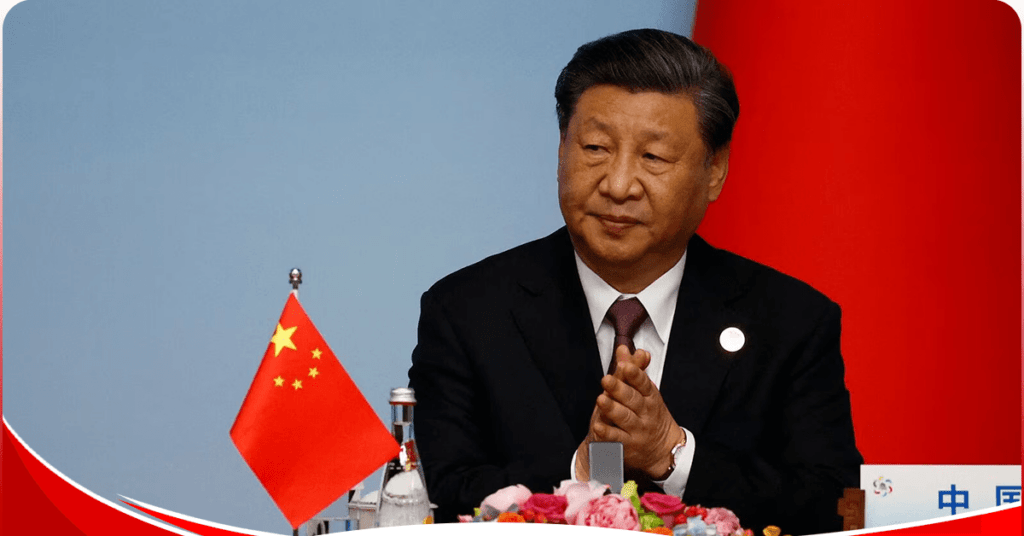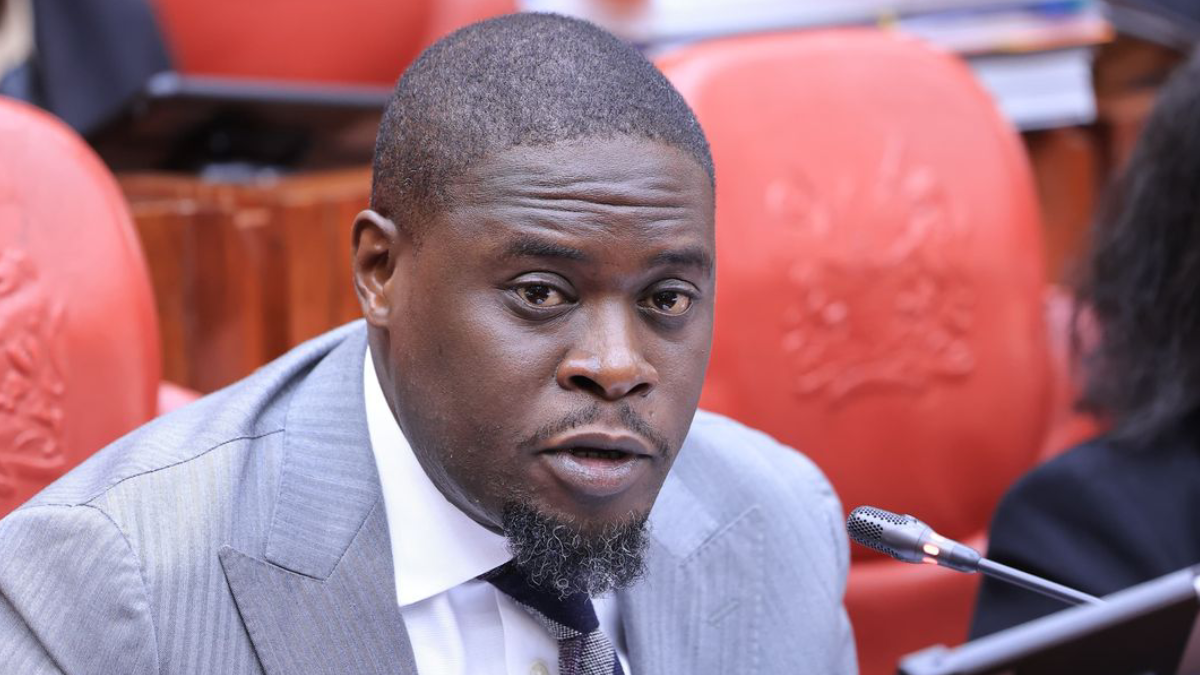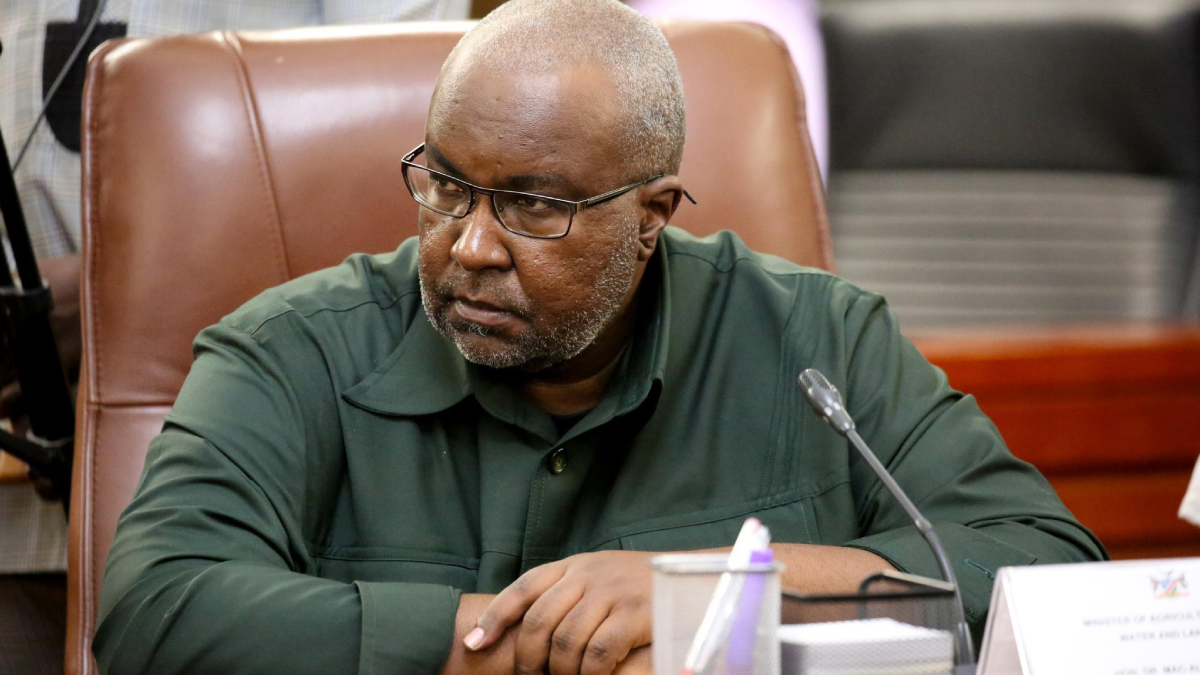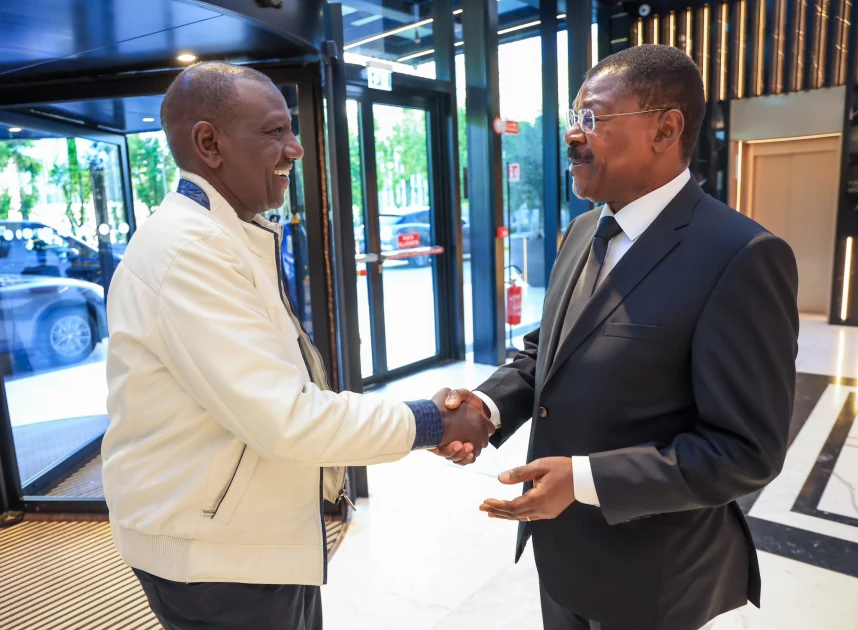Chinese President Xi Jinping is skipping this week’s Group of 20 summits in India
This is at the height of bilateral turmoil between China and India as future relations look bleak.
-Xi Jinping announcement-
The Foreign Ministry announced on Monday that Premier Li Qiag would represent China at the September 9-10 gathering.
The ministry shared this update as a one-sentence notice on its website.
The frosty relations between China and India stem from their disputed border.
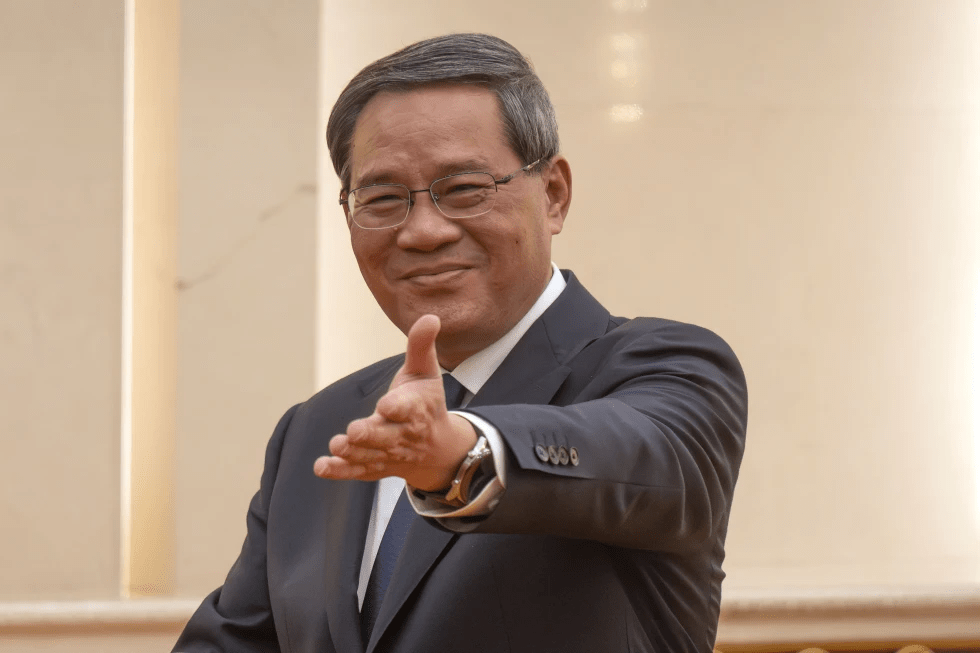
-China-India border dispute-
This dispute escalated into a deadly clash in the Ladakh region three years ago, resulting in the deaths of 20 Indian and four Chinese soldiers.
This confrontation turned into a prolonged standoff in the rugged mountainous area.
Coincidentally, both sides deployed tens of thousands of military personnel along with artillery, tanks, and fighter jets.
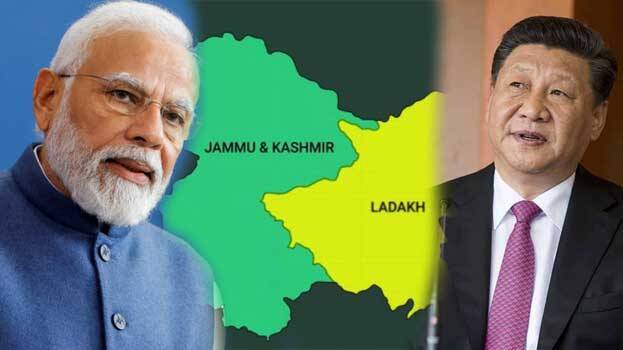
Admittedly, frictions have also arisen over trade issues and India’s deepening strategic ties with China’s main rival, the United States.
Consequently, this has led to the expulsion of each other’s journalists. India recently surpassed China as the world’s most populous nation.
This has intensified their rivalry in technology, space exploration, and global trade.
-Xi Jinping view on the 2023 G20-
When questioned about Xi Jinping’s absence from the summit, Chinese Foreign Ministry spokesperson Mao Ning declined to provide a direct response.
Mao stated, “The G20 is a major forum for international economic cooperation.”
“China has always attached great importance to and actively participated in relevant activities,” she highlighted furthr breaking down Xi Jinping’s actions.
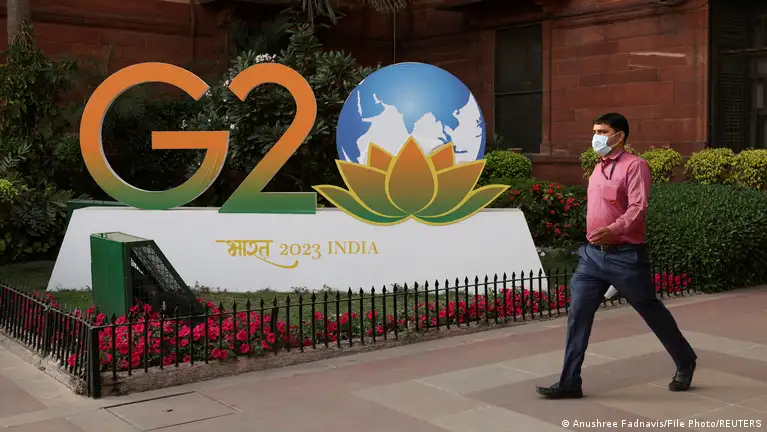
However, Mao added that Premier Li Qiang would present China’s views and proposals on G20 cooperation.
Xi Jinping expressed readiness to work with all parties to contribute positively to the stable recovery of the world economy.
-The tension at the borders-
Notably, Chinese and Indian military commanders met last month, pledging to “maintain peace and tranquillity” to stabilize the situation.
The Line of Actual Control demarcates Chinese- and Indian-held territories.
These territories are from Ladakh in the west to India’s eastern state of Arunachal Pradesh.
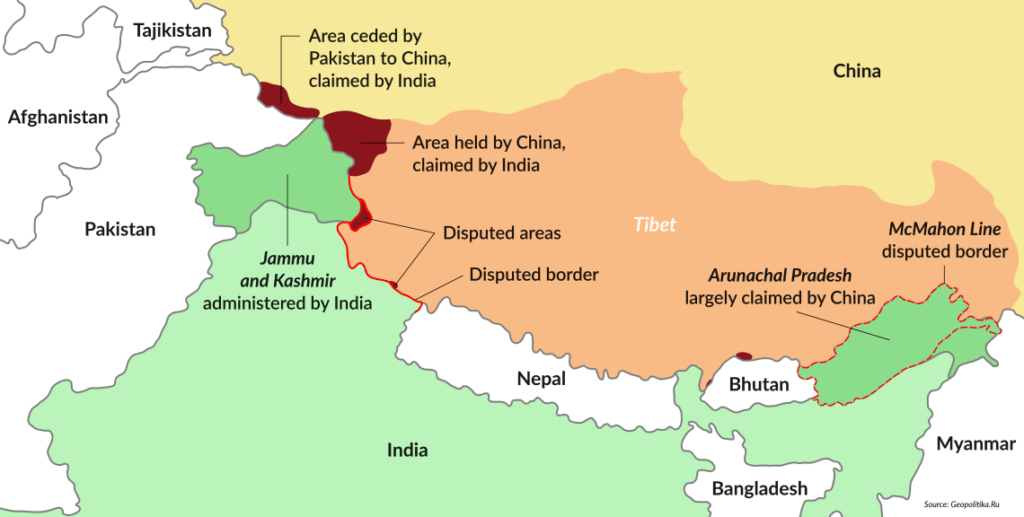
Nevertheless, China has come forward to lay claim to the region in its entirety.
-Where the conflict started-
Previously, A war was fought over this border in 1962, and the line delineates areas of physical control rather than territorial claims.
Moreover, India asserts that the de facto border is 3,488 kilometres long, while China advocates a considerably shorter figure.
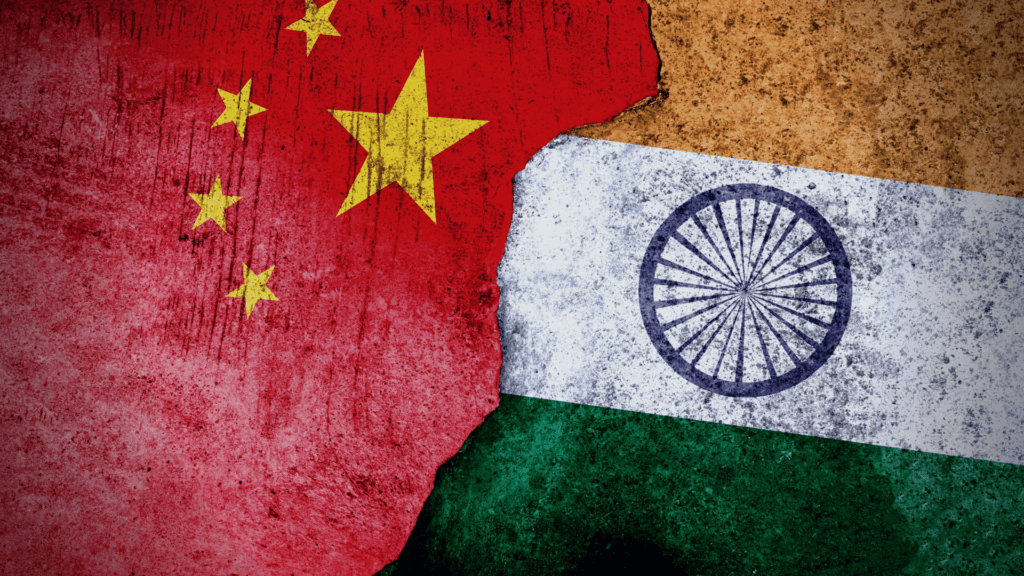
In total, China claims approximately 90,000 square kilometres of territory in India’s northeast, including Arunachal Pradesh.
Ironically, Xi Jinping lays claim to a population which is predominantly Buddhist population.
Conversely, India claims that China occupies 38,000 square kilometres of its territory in the Aksai Chin Plateau which Xi Jinping insists over.
Moreover, India also considers part of Ladakh, where the current standoff is occurring as part of India.
-Xi Jinping Efforts to claim Territory-
Xi Jinping has been strengthening its relations with India’s archrival, Pakistan, and supporting it on the issue of disputed Kashmir.
In consequence, firefights broke out between the two countries in 1967 and 1975, leading to casualties on both sides.
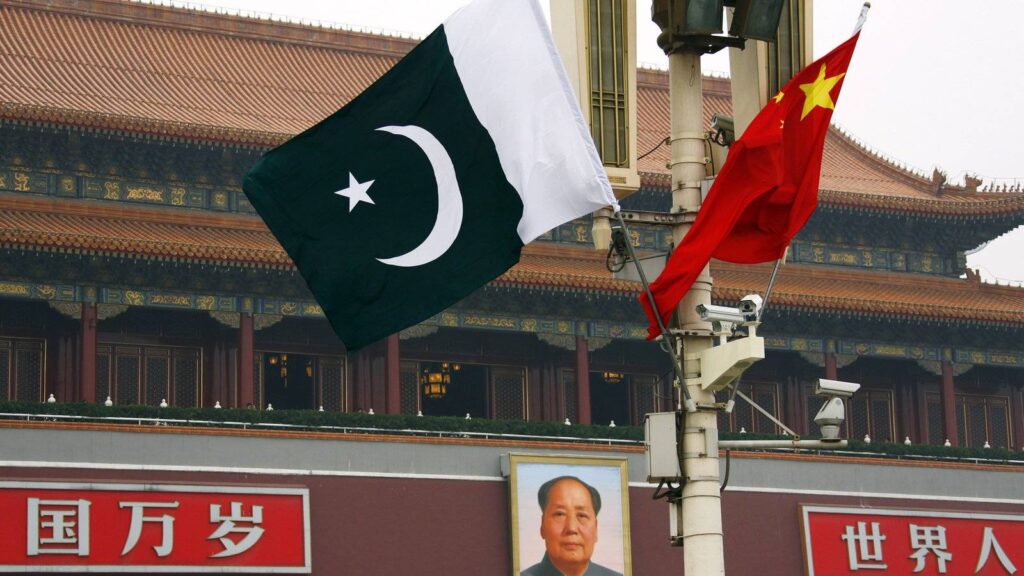
Nevertheless, protocols were subsequently established, including an agreement not to use firearms.
However, these protocols have recently broken down in the recent escalation to claim territory.
In addition to impacting China-India relations, Xi Jinping’s absence at the summit eliminates the possibility of an interaction with global leaders. An example of such a leader is President Joe Biden. China-U.S. relations remain at a historic low
In brief, with each side taking a standpoint, it is anyone’s guess as to how this year’s G20 will affect global relations.


